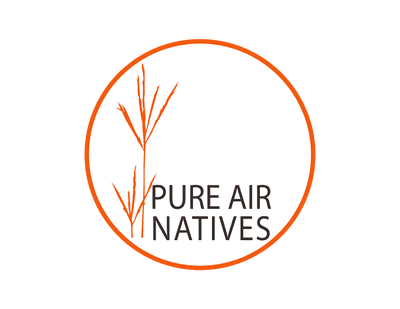Whether it is restoring a native plant community or de-signing a new landscape,
we are creating a delicate eco-system of plant life that requires nurturing, care
and maintenance. We create a site-specific plan, developed in conjunction with
our team of biologists, wildlife specialists, and certified arborists, blended with real-world experience, to build your natural habitat.
The most important work occurs in the first three years,
beginning with. site prep and proper installation. Our
team of professionals will provide continuous monitoring
and maintenance to ensure that your investment blooms
into something beautiful. We created our stewardship
program because you can not rush nature, but you will
discover that it was worth the wait.
DJM installs and maintains native landscape communities
such as prairies, savannahs, wetlands, woodlands, and
glades, along with green infrastructure projects like rain
gardens, green roofs, and other best management practices.
Callus to schedule an appointment for environmental consulting and planning services for your property.
SLEEPS
When planning your project, we will discuss
goals, timelines, and budget. We will evaluate the site’s conditions to determine what
kinds of challenges exist, which includes assessing soil types, sun and water availability.
Additionally, we will determine if erosion is present and whether invasive species have a stronghold.
These variables affect our approach to a project and our evaluation is crucial to the project’s success.
The first step is preparation, which often in-
cludes the elimination of invasive species
through both mechanical and chemical
means. Commonly targeted species include
bush honeysuckle, winter creeper, sericea,
and non-native grasses like fescue and Bermuda grass.
At this time, we will also formulate a Custom seed mix specific to your site’s
conditions.
After installing native seed during the winter,
the plants’ growth will be slight during the
first growing season because they will spend
their first year establishing their root system.
While these early results may be beautiful to
behold, if the existing weed seed bank is high,
then we may need to mow to keep the weed
pressure down and allow the light to
reach those plants that are a bit slower to establish
their root structure.
CREEPS
In the second growing season, your plants
will continue expanding their root systems to
become stronger and healthier. While you
may not see it, these plants ore Paths an
intricate community underground. Although
leaves and stalks ma appear to be growing
slowly, keep in mind a lot is happening
underneath the surface. Spot mowing and spot
herbicide treatments occur throughout this
growing season. The goal is to keep annual
weeds from seeding and to target noxious
weeds. Our trained personnel are experts in
plant identification and licensed herbicide
applicators.
LEAPS
Now with two growing seasons under its
belt, your landscape will bloom throughout
the year, feeding pollinators and all sorts of
wildlife. The established root systems will
help control erosion and allow the landscape
to become part of an ecosystem that is
teeming with life, both above and below the
ground. The landscape will continue to
evolve with each growing season as early
successional species fade, making way for
other plants that take longer to mature and
bloom.
Stewardship evolves with your property’s needs.
Below is an example of services DJM can assist with throughout the year.
SPRING
Mowing as Needed
Spot Herbicide
Hand Weeding
Trash Removal
Overseed Warm
Season Grasses
InvasiveSpecies
Removal
Rx Burn
SUMMER
Site Assessment & Planning
Mowing as Needed
Spot Herbicide
Hand Weeding
Wetland Install
Supplemental Watering
Monitoring/Surveying
Invasive Species Control
Trash Removal
FALL
Mowing as Needed
Spot Herbicide
Weeding
Trash Removal
Rx Burn Prep
Rx Burn
Collect Seed
November15th : Begin planting native forbs and grasses
March 15th : Last day to plant native forbs
June 1st : Last day to plant grasses and less diverse species

